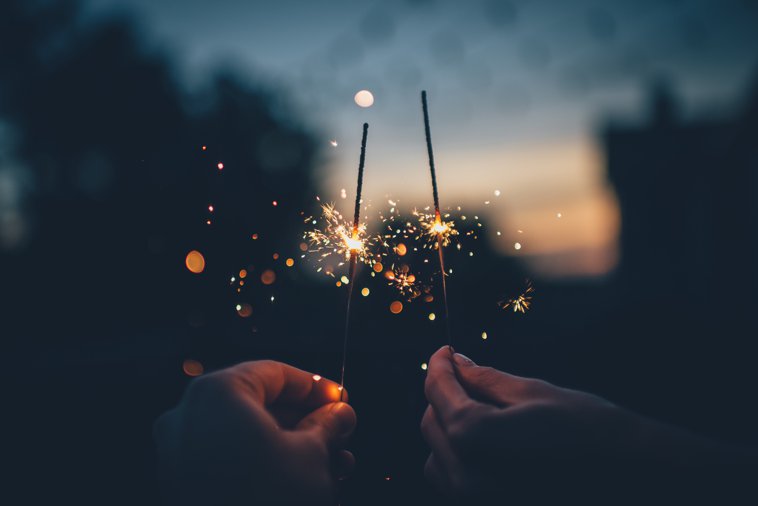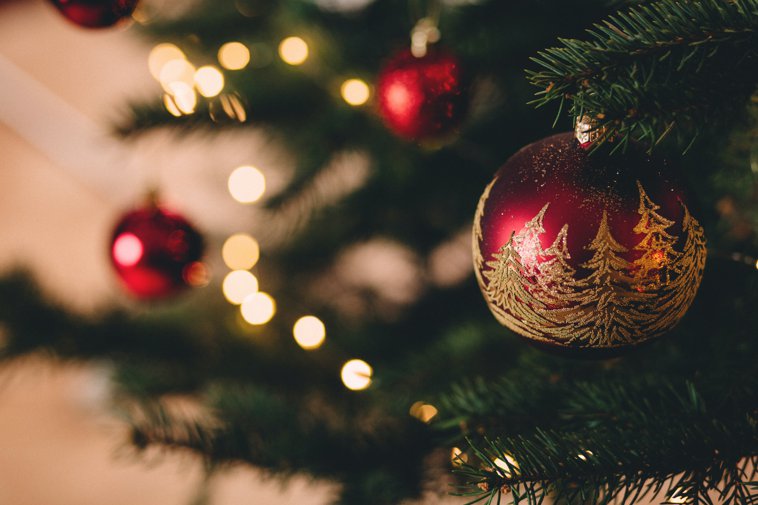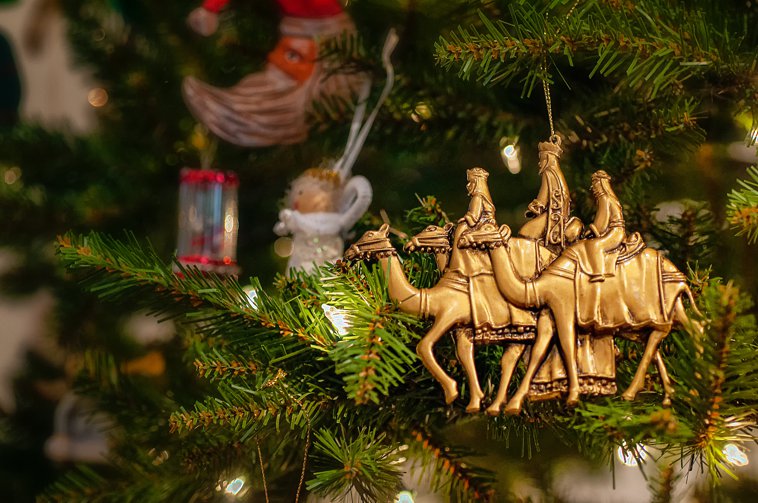Christmastime in Argentina
Questions This Article Answers
How is Nochebuena celebrated in Argentina?
How is Navidad celebrated in Argentina?
How is Nochevieja celebrated in Argentina?
How is Año Nuevo celebrated in Argentina?

A Warm Christmas
El verano(summer) takes place during December, January, and February in the southern hemisphere, which means Argentina gets a warm Christmas! This influences what people eat and do at Christmastime.
Christmas not only coincides with the summer, but also with the end of the school year, so children are on summer break. Many families go on vacation during this period, while other people use the opportunity to travel to their hometown and visit family and friends.

Nochebuena in Argentina
Nochebuena(Christmas Eve), December 24, is a regular work day in Argentina, although not much work is done on this special day - people may choose to have their first toast of the day with colleagues, and presents are sometimes exchanged at the office. December 24 is generally a short workday, as some people may leave work early to start celebrating! Argentinians usually have dinner late in the evening on December 24. Around 9 pm. families gather to eat typical Christmas food, and the sobremesa(after-dinner conversation) lasts at least until 12 am, when it’s time to brindar(to toast), wish each other a Feliz Navidad(Merry Christmas), exchange and open presents, and watch the fuegos artificiales(fireworks). The sobremesa might extend longer, and around 2 am young people often go out to hang out with friends.
Navidad in Argentina
Navidad(Christmas Day), December 25, is an official holiday in Argentina. Families may choose to have lunch together, which often consists of the previous night’s sobras(leftovers).
Nochevieja in Argentina
Nochevieja(New Year’s Eve) takes place on December 31. It's not an official holiday, but government departments and offices tend to be closed. New Year's Eve is usually a time for getting together and celebrating with friends.
Año Nuevo in Argentina
Año Nuevo(New Year’s Day), falls on January 1 and is celebrated much like Christmas Day. It's an official national holiday, and not even the malls or the movie theaters open, so there's not much to do other than hang out with family and friends.
Día de Reyes in Argentina
El Día de Reyes(Epiphany) takes place on January 6 in Argentina, and it’s traditional to eat rosca de reyes(king cake) on this day.

What About the Gifts!?
Children in Argentina have two gift bearers. Papá Noel(Santa Claus) leaves them a regalo(gift) for Christmas, and los Reyes Magos(the Three Wise Men) leave a gift for Epiphany. Children traditionally leave their shoes under el arbolito de Navidad(Christmas tree) the night before Epiphany, and rush over to el arbolito in the morning to see what the Three Wise Men have brought them. They may leave water and grass for their camellos(camels) as well.
El Arbolito
El arbolito de Navidad is traditionally set up on December 8 and taken down on January 8, marking the end of the Christmastime. Some families also add a pesebre(Nativity scene) to the decoration.
Food at Christmastime in Argentina
Below you'll see some of the most typical foods and drinks that you’ll find on an Argentinian table throughout the Christmas season.
Spanish Vocabulary for Christmastime in Argentina
Here’s more vocabulary you will find useful if you're spending Christmastime in Argentina.
| Spanish | English |
|---|---|
| adorno | decoration |
| almuerzo | lunch |
| brindis | toast |
| celebrar | to celebrate |
| cena | dinner |
| festejar | to celebrate |
| guirnaldas | garlands |
| luces | lights |
| regalo | gift |
| reunión | get-together |
| sobras | leftovers |
Looking for a reason to celebrate? Take a look at these articles about holidays and festivals in the Spanish-speaking world!











